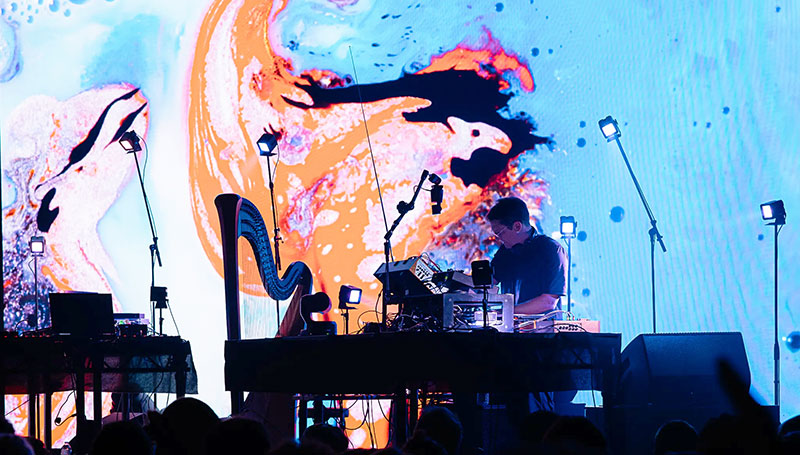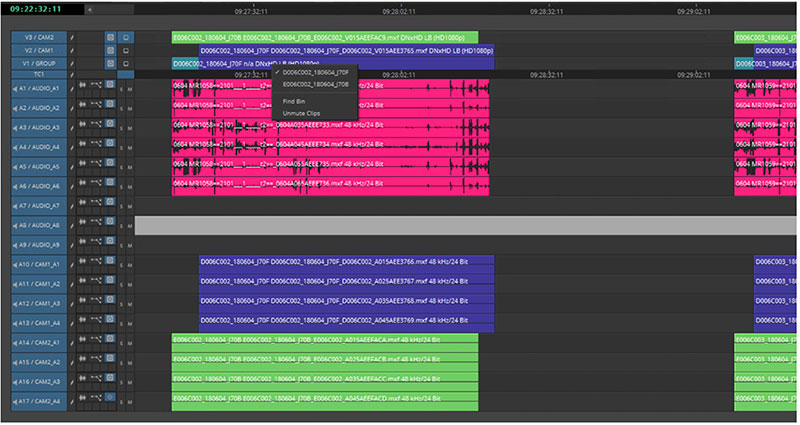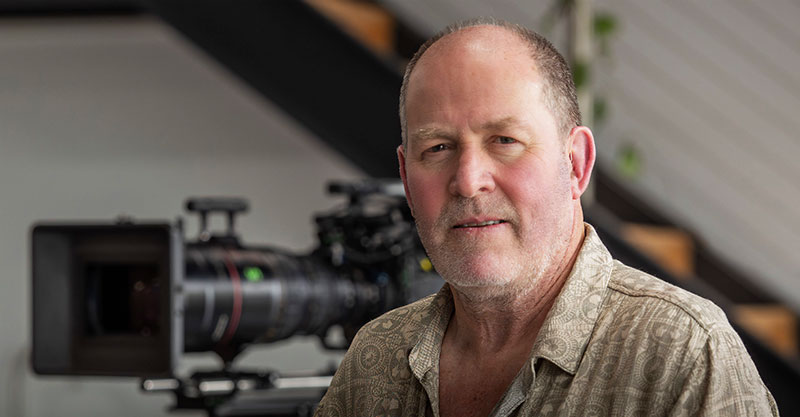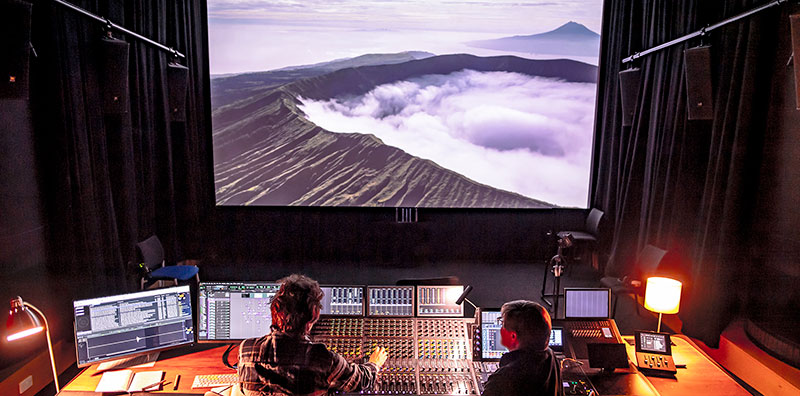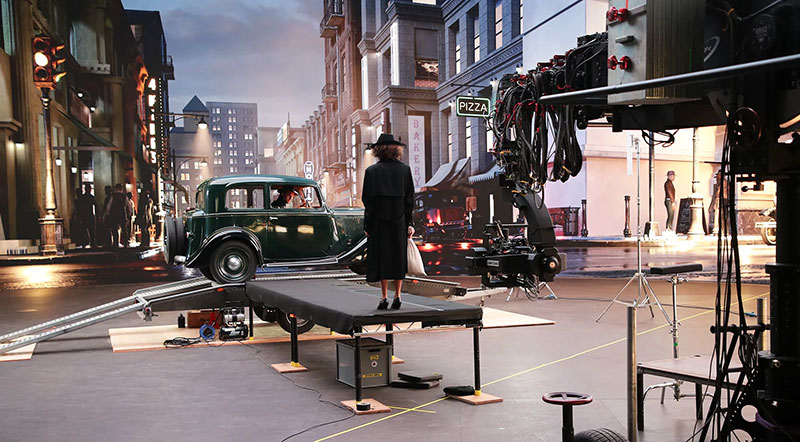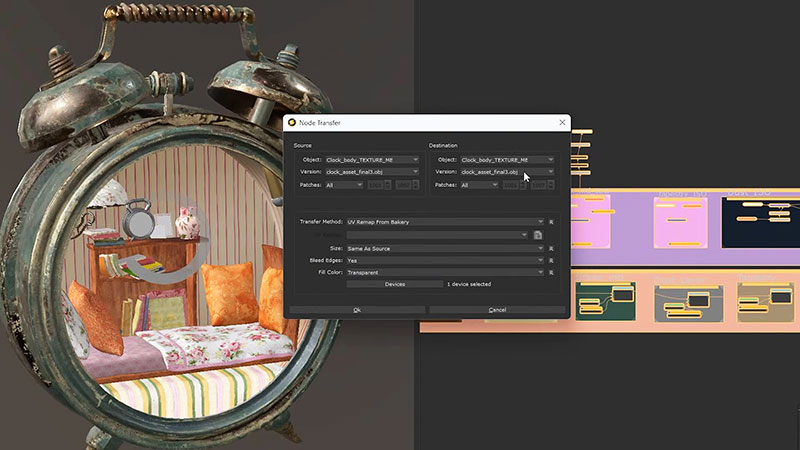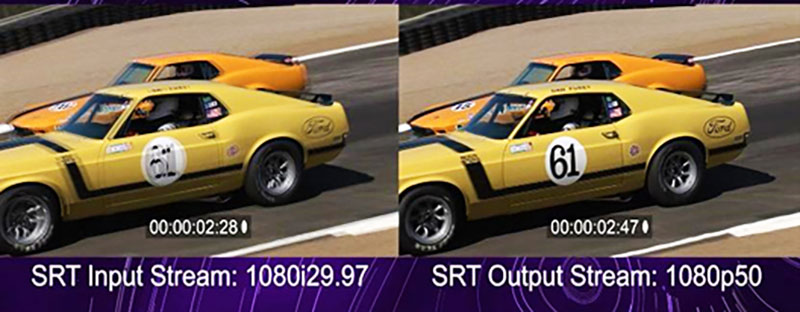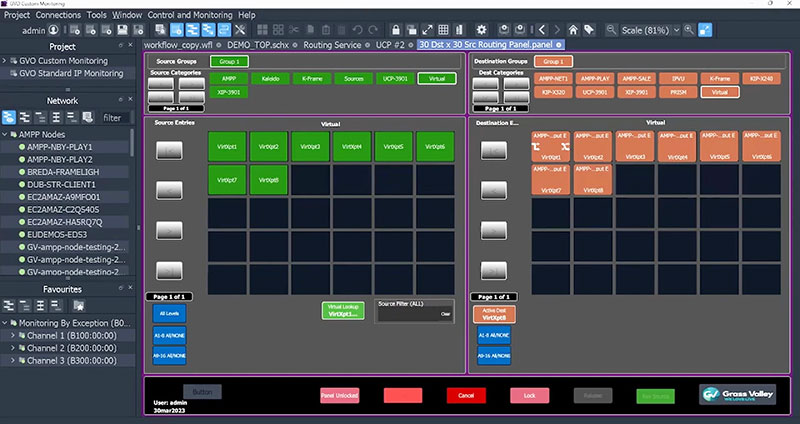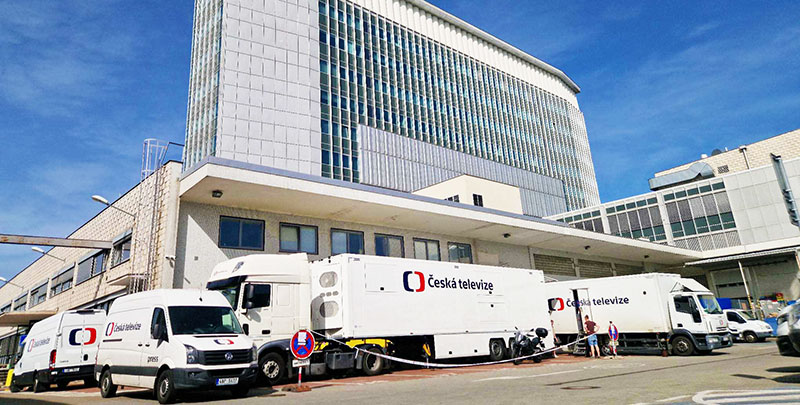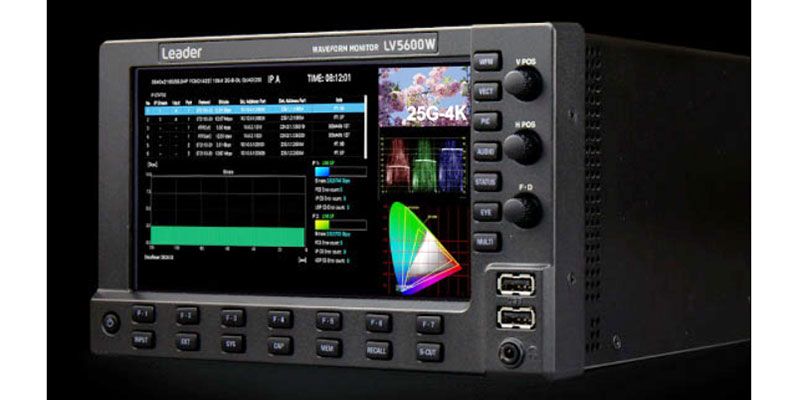DaVinci Resolve 20.1 is a major update adding support to edit, grade, add VFX, mix spatial audio and deliver Apple Immersive Video for Apple Vision Pro.
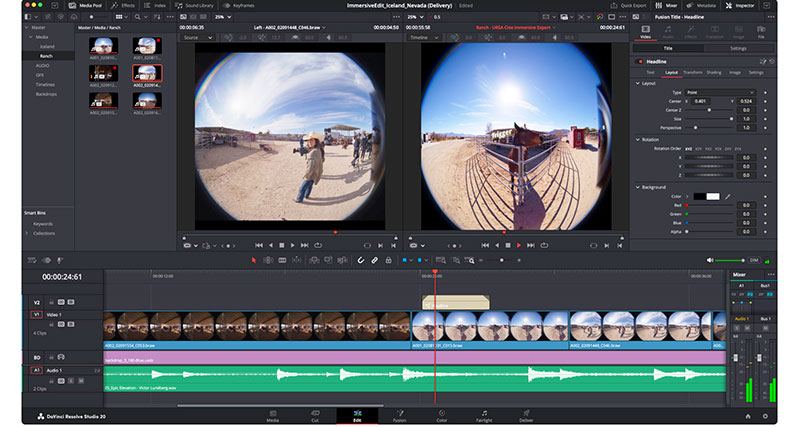
Blackmagic Design DaVinci Resolve 20.1 adds support for Apple Immersive Video workflows to DaVinci Resolve Studio for macOS. With this update filmmakers can edit, colour grade, add visual effects, mix Spatial Audio and deliver Apple Immersive Video captured using the new Blackmagic URSA Cine Immersive camera.
DaVinci Resolve Studio for macOS combines editing, colour, VFX, audio post and delivery for Apple Immersive Video. With support for decoding and playback of the stereoscopic 8K 90fps Blackmagic RAW files from the URSA Cine Immersive camera, it sets out a complete workflow from editing to playback on Apple Vision Pro with the same familiar, standard tools as their 2D projects, now updated for 3D immersive video.
Immersive Video Viewer
With a new immersive video viewer, users can pan, tilt and roll clips for viewing on 2D monitors or directly stream to Apple Vision Pro for immersive editing. The new viewer will work on standard monitors, showing immersive video in its native state, converted to LatLong or to a viewport view that supports panning on screen. Users may add a 360º backdrop track that can appear outside of the projected immersive image. An updated spatial Audio Editor is included, as well multiple ways to review and export Apple Immersive Video on Apple Vision Pro.
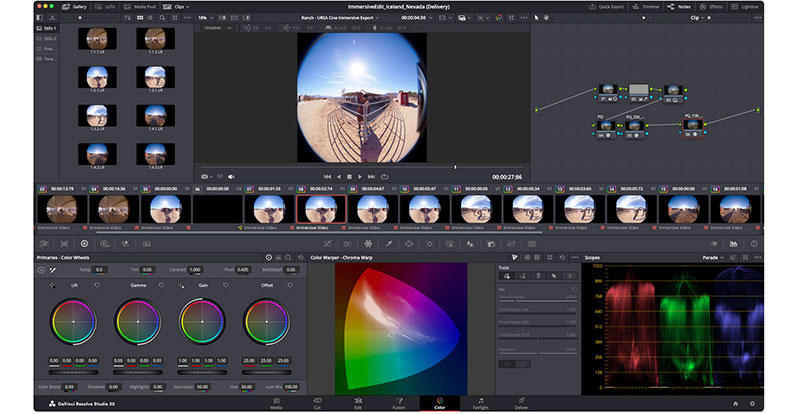
Via new project settings, Apple Immersive Video is applied to all Resolve pages. On the edit page, for instance, artists can work with files from the URSA Cine Immersive camera in the same way any other 2D media, with the familiar drag and drop interface.
Colour and Fusion
When working with files from the URSA Cine Immersive on the colour page, full use of primary colour correction tools is available, along with selected secondary grading tools. New tools in the 3D palette such as the Edge Mask can be used to adjust the field of view captured by the URSA Cine Immersive to exclude microphones or other items that are just in shot. Edge Mask also adjusts the mask blend to soften the transition from the projected space to the backdrop.
Updates to the Fusion page now supports creation of 3D titles and graphics that leap across the field of view, or working with USD files for Hollywood-style effects in immersive video. Familiar tools like the patcher and distort tools are now updated to work with immersive video as well. The immersive patcher converts lens space images to a flattened image so the user can patch or paint, add graphics or text.
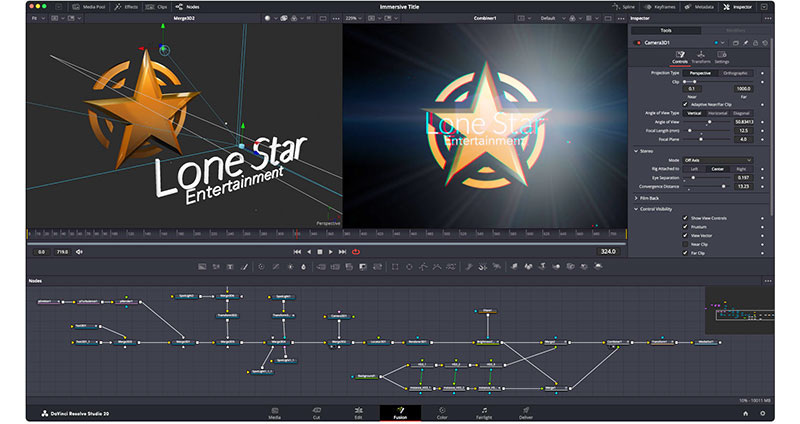
Converting back to lens space makes it possible to composite correctly onto the original camera lens space image. 3D images or compositions made in Fusion using the immersive workflow will automatically convert from the virtual 3D space on the Fusion page to the immersive lens space of the timeline. Titling on the timeline has been made easier with the introduction of lens space correction and the addition of the convergence slider for title templates.
Apple Spatial Audio Format
In DaVinci Resolve Studio 20.1, users can also mix and master immersive Apple Spatial Audio Format (ASAF) soundtracks. Fairlight fully supports integrated native operation with up to 7th order Ambisonic busses as well as objects and channels. The 3D panner view is enhanced for ASAF, allowing sound placement almost anywhere in 3D space including object position, orientation and room simulation. It is also possible to import and remix existing 3D audio formats into ASAF for Apple Vision Pro.
The media and delivery pages have also been updated to include presets for Apple Immersive Video export. Artists can use the presets to render their immersive project, just like a normal project, then drag and drop the rendered file in the Apple Immersive Video Utility for macOS. This means that the immersive video is now ready to stream to the Apple Vision Pro device. Alternatively, a ProRes bundle can be rendered for viewing using Apple Compressor.
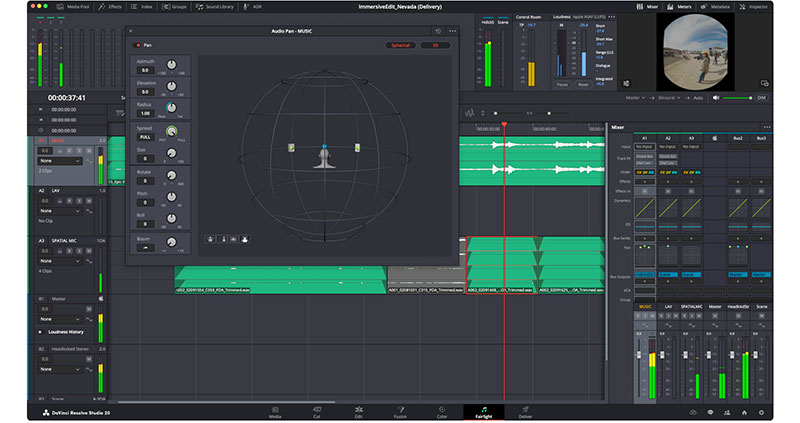
Sample immersive video clips for use in DaVinci Resolve Studio 20.1 for macOS are available to download.
Custom Lens System
The Blackmagic URSA Cine Immersive camera features a fixed, custom lens system pre-installed on the body, which is designed specifically for Apple Immersive Video. The sensor delivers 8160 x 7200 resolution per eye with pixel level synchronization and 16 stops of dynamic range, so that the cinematographer can shoot 90fps stereoscopic 3D immersive cinema content to a single file.
The custom lens system is designed specifically for URSA Cine’s large format image sensors with extremely accurate positional data that is read and stored at time of manufacturing. This immersive lens data — which is mapped, calibrated and stored per eye — then travels through post production in the Blackmagic RAW file itself. Blackmagic URSA Cine Immersive is available to pre order now. www.blackmagicdesign.com




